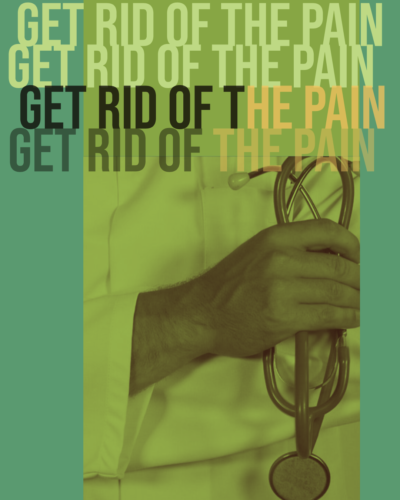
Regenerative Orthopedics is a natural non-surgical method of assisting the body to heal injured tendons and ligaments so you can live pain-free. Regenerative Orthopedics helps your body make new cells by boosting the body’s natural healing abilities and the supply of nutrient-rich blood cells to the affected area. This serves to strengthen weakened or torn tendons and ligaments (ligaments are the tough tissues that connect bones to bones, and tendons are the same kind of tissue that connect muscles to bones).
The notion of stimulating the body to heal itself goes back to ancient Greece. Prolotherapy, one type of Regenerative Orthopedics, was founded by Dr. George Hackett and passed on to Dr. Gustav Hemwall to form the modern model of prolotherapy in the 1950s and 1960s. The leading education and teaching organization for this, the Hackett-Hemwall Foundation, is named in their honor.
Are you experiencing pain that just won’t go away in an area that was injured? Some people put up with weak and painful joints for weeks, months, or even years. Like when you sprain your ankle at some point and then re-injure the ankle again and again. The root of the problem is usually weakened soft tissue, like ligaments or tendons. Both ligaments and tendons have very poor circulation and this lack of blood supply deprives them of the nutrients that they need to heal properly. On the other hand, they have lots of nerves. And that is why you may continue to feel a lot of pain. How does that happen? Well, the nerves around the soft tissues become stretched and irritated, and that causes pain.
When ligaments become relaxed and weak, cartilage degeneration eventually occurs too, which may result in arthritis. It is at this point that a patient is often told that surgery is the only option to “fix” the problem. But surgery is not the only option. Regenerative Orthopedics is the next logical step. Surgery requires weeks of recovery, physical therapy, and more pain. But regenerative techniques don’t keep you from the activities you love. They get you back to them quickly.
Regenerative Orthopedics can consist of 4 to 8 treatments. It’s an injection treatment. But a local anesthetic is used so that there is minimal discomfort. The weakened area heals, and the patient’s pain is reduced or eliminated. What an excellent alternative to treatments like cortisone injections, which long-term studies have shown can actually weaken tissue.
Many joints can be treated with Regenerative Orthopedics. Have back pain? We can help! Knee pain? We can repair that too! Conditions such as tendonitis, bursitis, various sports injuries, tendonitis, arthritis, sciatica, headaches, degenerated joints, fibromyalgia, and more can be repaired with Regenerative Orthopedics.
Prolotherapy helps the body to heal in a natural non-surgical way. With Prolotherapy (also called Dextrose Prolotherapy), the weakened areas are injected with a solution that stimulates the growth of healthy, strong tissues. As a result, the immune system sends growth factors. This results in healthy, strong, and vibrant new tissues. As the tendons and ligaments grow stronger and vibrant, the pain is alleviated and motion is restored. The pain is alleviated so joints can function normally. Most ligament and tendon injuries benefit from dextrose prolotherapy.
Platelet Rich Plasma (PRP) uses the patient’s own blood to concentrate platelets by a factor of 7 to 10× (platelets = growth factors). This high concentration of platelets – from 3 to 10 times that of normal blood – can be injected into the damaged areas and boost the growth of new soft tissue. PRP accelerates the regeneration of injured tissues and enhances tissue healing. PRP is good for structures such as the labrum in the shoulder, torn meniscus in the knee, and severe hip arthritis.
Stem Cell Therapy is derived from patient cells in a relatively new process. One type of cell found in the bone marrow is the mesenchymal stem cell. These immature cells can become tissues such as cartilage, bone, and ligaments. Typically the tissue stimulated with bone marrow cells is articular cartilage, but it can also proliferate soft-tissue structures such as ligament and tendons. When is Stem Cell Therapy recommended? Indications for using Stem Cell Therapy include severe arthritis, certain types of tears, and severely degenerated joints.
All three regenerative techniques accelerate the fibroblastic proliferation through cell growth, proteosynthesis, reparation, the remodeling of tissues, and chondrocyte proliferation. All of this amplifies the body’s own repair process and accelerates healing and repairs damaged tissue.
Regenerative Orthopedics is a successful non-surgical technique that helps the body heal itself. It works well on many medical conditions that result in painful joints. It is minimally invasive with very little recovery time and is tolerated well by patients of all ages. Regenerative Orthopedics first … surgery last.